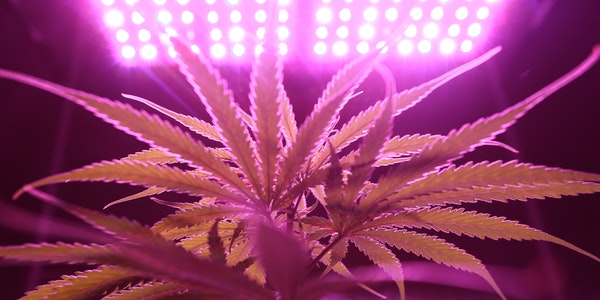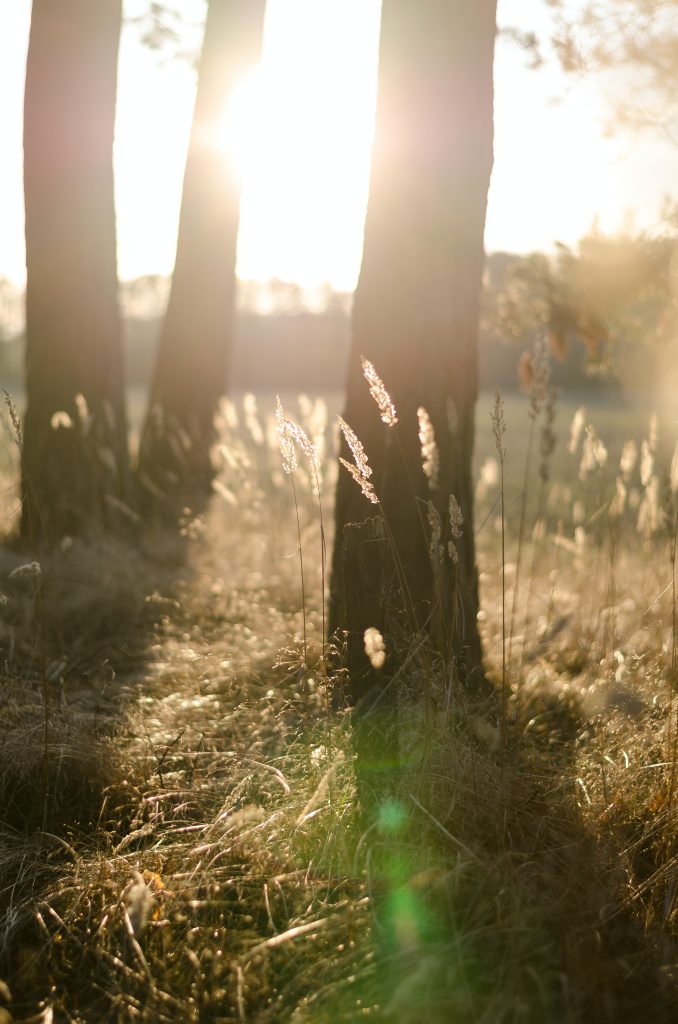Misunderstanding 1: Lumen = photosynthesis
Lumens is a suitable method to measure the light produced by plant growth lamps. Measuring light lumens for photosynthesis is just plain silly. We know that lumen (scientific symbol: LM) is a measure of how much light the human eye perceives. It does not measure the light that drives photosynthesis in any way. Simply put, lumen measures the total amount of light from a particular light source that is visible to the human eye.
Both plants and humans have adapted to the light from the sun during evolution. But the principle of using this light for humans and plants is very different. The most commonly used by humans is the “visible light range” between 400 nanometers and 700 nanometers, but our eyes are focused on 500-600nm, and the spectrum is mostly green and yellow. But plants have a completely different response. They absorb light with wavelengths of 400nm-500nm (blue) and 600nm-700nm (red). They also absorb some of the rest of the ultraviolet and infrared bands in the visible spectrum and non-visible light.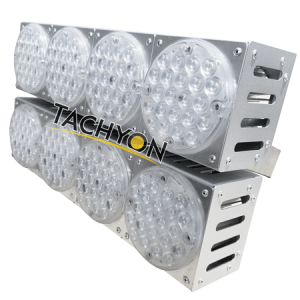
Measuring the light output of lumen growth is an artifact of the lighting industry itself. Since bulb manufacturers mainly focus on lighting, for humans, they will publish lamp specifications and lumens. Some countries require the lamp to specify the rated lumen output. Indoor gardeners have adopted this method to measure the brightness of their grow lights, because it is generally available from the lamp manufacturer to the scene.
When it comes to plant lighting, it’s time to stop thinking about lumens and start thinking about “Light Quantum Flux Density” (PPFD), which describes the density of photons reaching a certain area. The unit of PPFD is “umol/m2/S”, which is a more useful measurement standard for plant growth to distinguish it from lumens. You need a light quantum flux meter to measure whether the effective light energy of photosynthesis actually reaches your plant. When testing LED plant growth lights, be sure to pick a quantum flux meter specifically designed for LEDs, or your measurement will be turned off. Unfortunately, these devices are very expensive.
Misunderstanding 2: From summer to winter, the four seasons are suitable
A well-respected garden writer recently wrote this most popular indoor gardening magazine: “The high-pressure sodium lighting is very red and imitates the autumn sunlight to induce flowering.” HID lamp salespersons and aquarium shopkeepers also claimed that MH lamps are the most popular Good plant growth lights, because they are “blue” like spring sunshine, and high pressure sodium lamps, are the best flowering flowers, because they are like flowers “red”.
This is the second most widely held gardening misunderstanding: the color of sunlight changes drastically with the seasons, and this color shift induces flowering.
The color of light is determined based on the ratio of Kelvin (K) to blue which has a higher spectral value and red lower part. This world looks strange. The color temperature of sunlight is easily affected by anything, even close to the difference between MH and HPS lamps of 2000-2500K. Don’t get me wrong: there is a seasonal shift in the color of daylight, because the sun’s light has to penetrate the depth of the atmosphere before reaching the earth. However, this change is very small, about 300-500K, depending on where you live, this is a difference that is almost imperceptible to the human eye.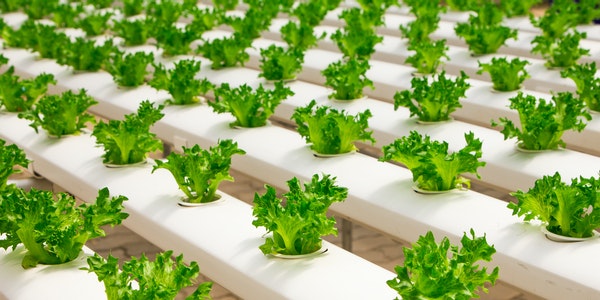
On the other hand, daylight color definitely shifts across the time of the day. The sunlight starts at about 2000K (orange) in the morning, climbs to 5000K (white) at noon, and then drops back to 2000K or lower at sunset. The sky with daylight during the day can have a color temperature as high as 8,000-10,000K (blue) in a sunny summer afternoon.
Why is this happening? As indoor gardeners are taught, the transition from “spring blue” to “fallen red” will promote flowering, in other words, it will cause plants to transition from the vegetative growth stage to their own flowering period. This belief may be the way in which HID lights find their influence downstream of the indoor garden. Initially, only MH lamps were available and used the results of their planting experience. Then, high-pressure sodium lamps were introduced, and gardeners who tried to apply HPS found that these new lamps significantly increased the weight of the harvest. Some people speculate that it is better to use MH for the vegetative growth stage and the high-pressure sodium lamp for the flowering stage. The myth was born. It has become a mainstream “fact”: pick up any magazine distributed in hydroponic shops and you will find it, which does not mean it is true.
Many gardeners use one type of lamp to provide supplementary lighting for the entire growth of plants, including MH, HPS and CMH lamps. All these gardeners will encounter some trouble, that is, they need to adjust the working mode of the lights in time from the nutrition stage to the flowering stage. The gardener only changes the working time of the lamp, the length of the light period during which the lamp is switched on. Plants are sensitive to day long flowers, and when their photoperiod changes, changes in the light they receive will also affect the color of the flowers.
Misunderstanding 3: 90-watt LED lights can replace 400-600-watt HID lights
Oh, how did you miss the early fun of LED plant growth lights! When LED grow lights were first introduced, many manufacturers boldly declared that a 90-watt LED grow light would produce the PPF produced by a 400- or 600-watt HID light. These claims are ridiculous. Manufacturers of LED grow lights are usually overzealous with their claims that they “prove” that growing cabbage or lettuce is made from light-hungry crops (such as tomatoes, cucumbers, medicinal herbs, or flowers). The indoor gardener revealed that these early “90 watt” units actually only reached an average of 54-56 watts of power. With the cooling fan consuming a few watts of power, these lamps actually produce less usable light than a 75-100 watt high-pressure sodium lamp, without any 400- or 600 watt HID performance that can actually be approached.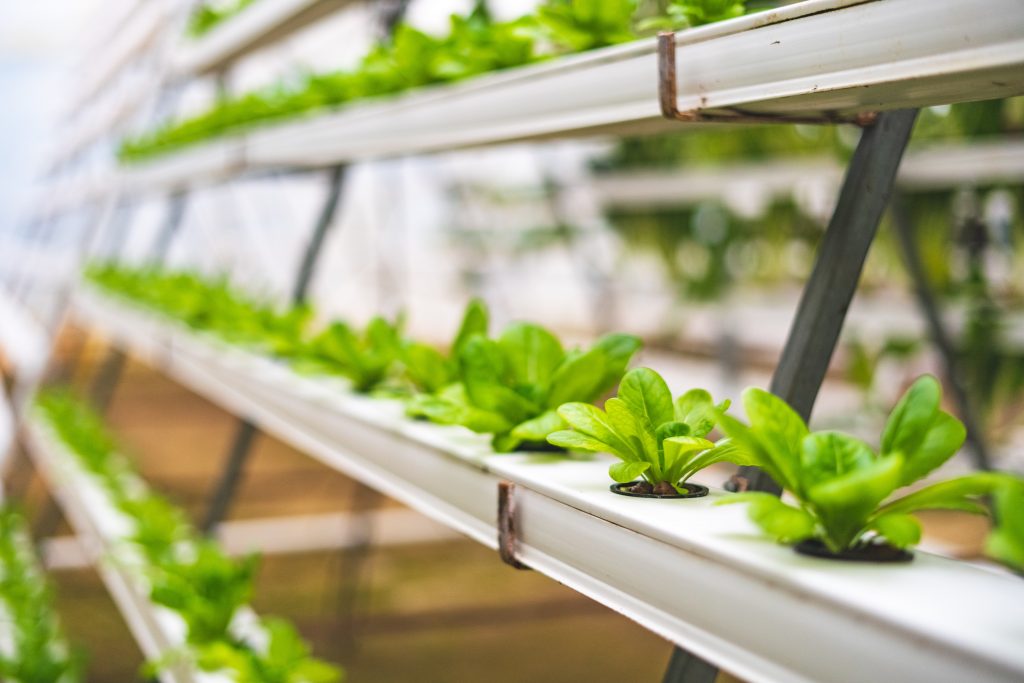
At least the industry seems to have learned its lesson. These days, most LED grow light manufacturers provide realistic power ratings and coverage recommendations for their lights. This combination of better, more powerful LEDs and more efficient light design is helping to end this myth. It would be ideal for manufacturers of LED grow lights to announce their lamp power (umol) at a set height interval so that we, their customers, can decide by themselves how many LED lights to replace HID when facing the actual situation of the garden.
Misunderstanding 4: LED plant lights have strong lifespan
Since most LED lights have a life span of more than 50,000 hours, then this will be about 10 years if used for 12 hours a day. A common promotion strategy is: “This may be the last plant growth lamp, you will definitely buy it.” This rhetoric aims to help buyers dispel concerns about the high cost of LED plant growth lamps. Unfortunately, this is not the case.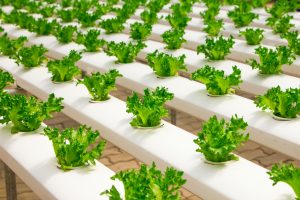
Although LED grow lights have a long service life, continuous innovations in lamp design, such as secondary optical elements, better thermal management, and better photon flux distribution on the horizontal line, will allow many growers to use them The lighting supplement is upgraded to the latest product. 10 years ago, some growers had already adopted the first LED grow lights with better performance. Therefore, although “the last lamp, you must buy” is a great promotion, don’t believe it, it’s not true.
Myth 5: LED generates little or no heat
Next, and most commonly, most LED plant growth lamp salespeople will say that the lamps they produce have almost no heat. When the manufacturer claims that the LED grow lights produce almost no heat, this makes the experienced gardener wonder whether the manufacturer has used another thing to take more pictures.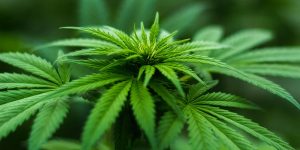
Of course, the heat generated by the LED plant growth lamp is indeed less than the heat generated by the HID lamp, but this does not mean that the LED lamp has no heat, so the heat dissipation problem still needs to be dealt with. For example, in a facility equipped with 50 LED growth lamps, if so many lamps are turned on at the same time, the heat emitted will cause the temperature in the facility to rise rapidly within a certain period of time. When the temperature reaches a critical point After the value and lasting for a period of time, the planted crops will become unbearable and dehydrated, wilt and die quickly. Therefore, the facility must be equipped with fans, spray nozzles and other related equipment, and automatically turn on the ventilation and spray system when the temperature is detected to exceed the standard to help cool down and ensure the normal growth of crops.
Misunderstanding 6: LED lights will not burn plants
One of the biggest misunderstandings about LED plant growth lights is that they will not burn plants, no matter how close the lights are to plants. This fallacy is based on the relatively low heat output of light and the idea that the more photons the lamp emits, the better. Early LED grow lights, such as fluorescent lamps, can be positioned close to plants because of their low output, but in some cases, such as today’s high-power LED grow light, it can easily exceed the photon range required by plants.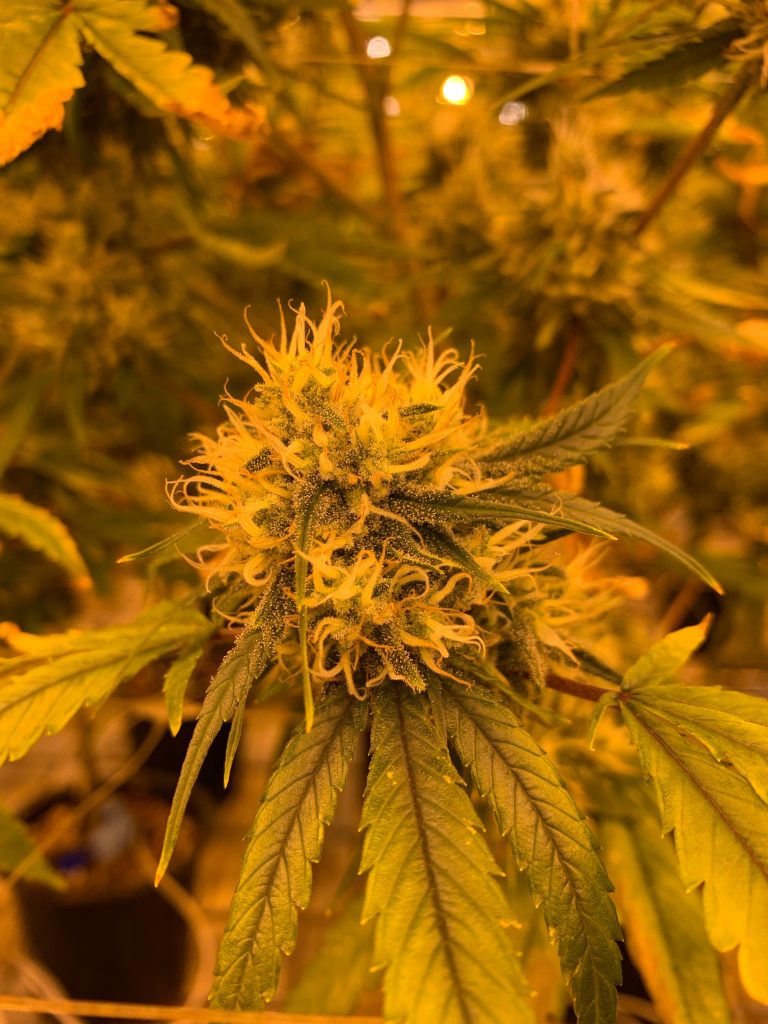
When plants are too close to the light, LED plant growth lights can cause photo-oxidation or “photobleaching.” When this happens, more light is absorbed, beyond the ability of the plant to process these photons. The parts of the plant that are closest to the light are often the parts of the largest flowers. Unfortunately, this part can easily turn white because their chlorophyll is destroyed. Improper use of LED and HID plant growth lights may cause the problem of plants being bleached, but this problem is not common with HID, because their high heat output usually causes gardeners to increase the installation position of the light, thereby eliminating the threat .
Therefore, whether you use LED lights or HID lights, we must fully consider the heat generation of the lights and the heat range that the plants can withstand before installing, and install the lights at a reasonable height and follow the growth of the plants. And adjust the height of the lamp to avoid getting too close to the plant and causing burns to the crop.
Misunderstanding 7: Blue light increases nutrition, red light is limited to flowering
The actual situation is that blue light can significantly shorten the pitch of vegetables, promote the horizontal extension of vegetables, and reduce leaf area. At the same time, blue light can also promote the accumulation of plant secondary metabolites.
In addition, experiments have found that blue light can reduce the inhibition of red light on the photosynthetic system activity and photosynthetic electron transport capacity of cucumber leaves. Therefore, blue light is an important factor affecting the photosynthetic system activity and photosynthetic electron transport capacity. There are obvious species differences in the blue light needs of plants. After harvesting strawberries, it was found that 470nm in blue light of different wavelengths had obvious effects on the content of anthocyanins and total phenols.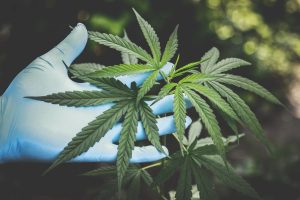
Red light generally inhibits internode elongation of plants, promotes tillering, and increases the accumulation of chlorophyll, carotenoids, soluble sugars and other substances.
Red light promotes the growth of leaf area and β-carotene accumulation of pea seedlings. Lettuce seedlings are pre-irradiated with red light and then applied with near-ultraviolet light. It is found that red light can enhance the activity of antioxidant enzymes and increase the content of near-ultraviolet absorbing pigments, thereby reducing near-ultraviolet light. Ultraviolet light damages lettuce seedlings. A full-light experiment on strawberries found that red light is beneficial to increase the content of organic acids and total phenols in strawberries.

